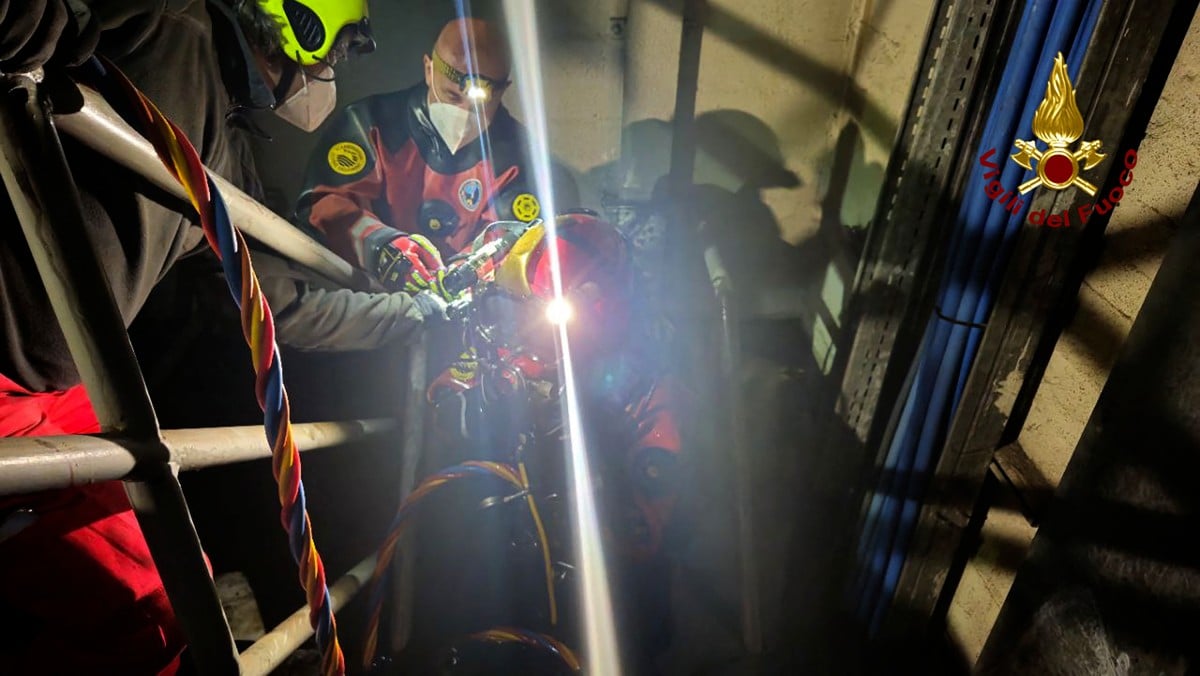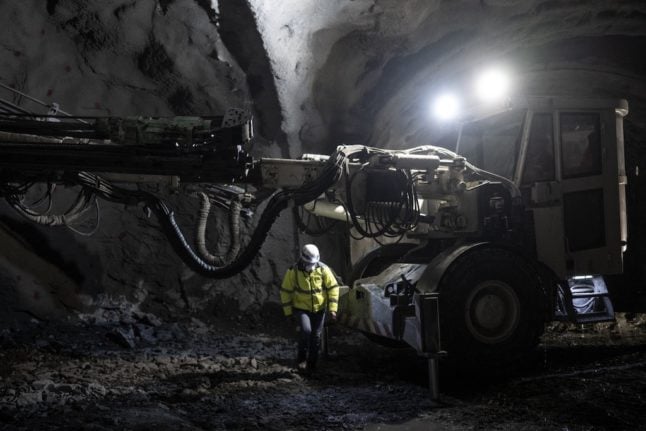Rescuers on Wednesday continued to search for four workers still missing after an explosion at a hydroelectric plant in Italy, which has already left three confirmed dead.
“The toll is four missing and three dead,” a fire service spokesman told AFP, revising downwards a toll of four deaths given by local authorities on Tuesday evening.
But there are fears the death toll will rise, amid difficult searches at the Bargi hydroelectric plant run by Enel Green Power on Lake Suviana, near Bologna.
Searches are ongoing, with authorities calling the rescue operation complex as water continues to enter the plant.
The explosion of a turbine, whose cause has not yet been determined, occurred on the eighth floor below the water level, said Bologna’s prefect Attilio Visconti.
“On the ninth floor there was flooding due to a turbine cooling pipe” that brought in several metres of water, Visconti told reporters outside the plant.
A fire service spokesman, Luca Cari, told the ANSA news agency that rescuers “are not working with much hope of finding the missing (people) alive”.
Still, the department’s regional director Francesco Notaro told reporters that workers “maybe found shelter somewhere else” within the large space following the blast.

Five people were injured, according to the AGI news agency, which named the dead as three men aged 73, 45 and 35.
Enel Green Power, the renewables unit of energy giant Enel that operates the plant, offered its “deepest condolences” to the victims and their families following what it called a “serious accident”.
On Wednesday, it said that “efficiency works” had been underway at the time, the contracts for which had been awarded in 2022 to three main companies, Siemens, ABB and Voith.
“From what has been reconstructed, the testing of the first-generation group had already been completed in the past days and, at the time the accident occurred, the testing of the second group was underway,” the statement said.
“The company expresses its gratitude to the relevant authorities that are working tirelessly on rescue operations, to whom it is providing maximum support.”
It previously said the dam basin of the plant had not been damaged in the accident and that there had been no impact on local or national energy supplies.
The mayor of the nearby town of Camugnano, Marco Masinara, called the explosion a “terrible workplace accident” that affected the “entire community”.
“It seems there was a floor slab collapse and rescue is difficult as a lot of water entered inside the eighth basement floor,” he said late on Tuesday.





 Please whitelist us to continue reading.
Please whitelist us to continue reading.
Member comments